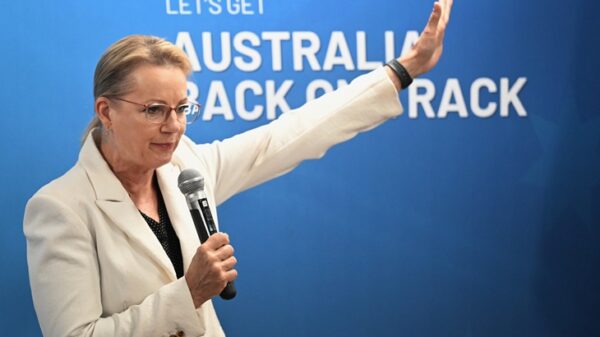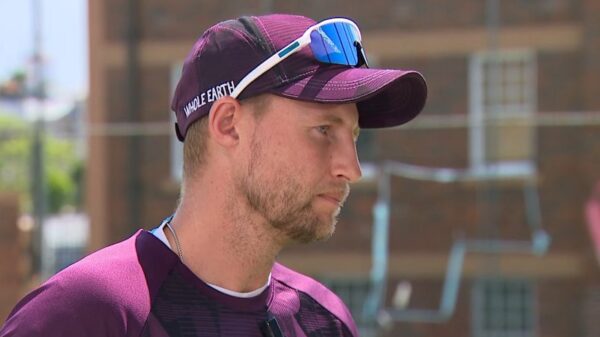URGENT UPDATE: A new study reveals alarming misinformation about contraception on TikTok, prompting experts to call for a national education campaign to combat widespread myths. Young people are increasingly using social media for contraception advice, yet much of the information is unreliable, raising serious health concerns.
Researchers at La Trobe University analyzed 100 TikTok videos from popular contraception hashtags, which collectively amassed an astonishing 4.85 billion views. Shockingly, only 10 percent of this content was created by healthcare professionals, leading to a significant risk of misinformation, particularly around the effectiveness of natural contraceptive methods.
According to Daile Kelleher, chief executive of Sexual and Reproductive Health Australia (SRHA), the trend of promoting natural methods—such as cycle tracking—over proven hormonal options is concerning. “Natural methods rely on a variety of factors being in place, and the room for error is an unintended pregnancy,” Kelleher warned.
Experts stress the need for an immediate national awareness campaign to address these misinformation issues. With one in five young women turning to social media for contraception advice, a coordinated effort is essential to ensure they receive accurate information about their options.
While social media platforms like TikTok can facilitate open discussions about reproductive health, Kelleher emphasizes the importance of consulting with healthcare providers. “It’s crucial to empower individuals to discuss various options with their doctors,” she stated.
In response to this urgent situation, Sexual Health Victoria (SHV) has launched its own TikTok account to debunk myths and promote accurate messaging. “These videos attract huge amounts of views, particularly on sensitive topics,” said Sam Read, head of education at SHV.
Despite the Australian government’s recent announcement of a $573 million women’s health package aimed at increasing access to contraceptive methods, Kelleher warns that without proper education and awareness, many women may remain unaware of their options. The package includes provisions for bulk billing of IUDs and birth control implants, as well as new oral contraceptive pills under the Pharmaceutical Benefits Scheme (PBS).
The implications of this misinformation are dire. Currently, a third of Australian women have faced unplanned pregnancies, costing the nation approximately $7.2 billion annually. Furthermore, Australia has one of the lowest rates of long-acting reversible contraception use at just 12 percent, significantly lower than countries like France and Canada, where rates hover around 40 percent.
Experts agree that addressing these knowledge gaps is vital. “Any public awareness campaign should target both patients and health professionals,” Kelleher emphasized. “We must work together to destigmatize sexual and reproductive health.”
As misinformation continues to spread, the urgency for a national campaign is clear. Authorities are encouraged to take immediate action to protect young people’s health and ensure that they are armed with the correct information about contraception.
Stay tuned for more updates as this story develops, and consider discussing these findings with healthcare providers to ensure informed choices about contraception.































































